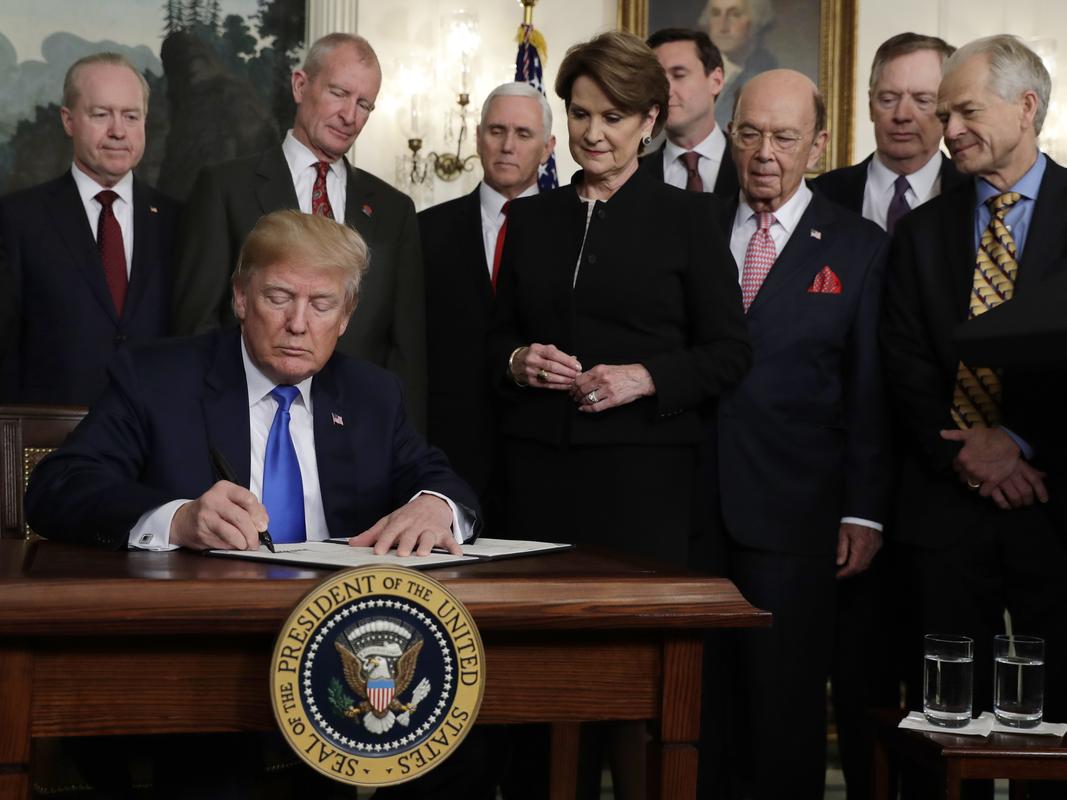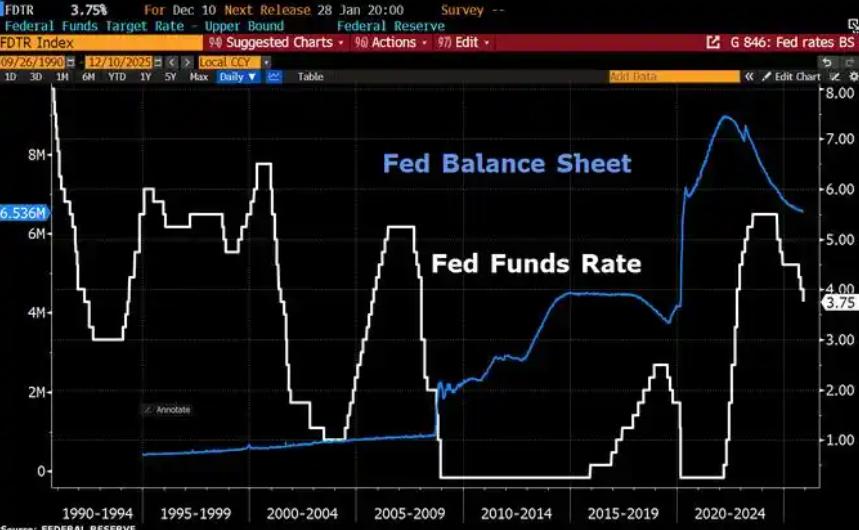
As the National Institutes of Health (NIH) slashes the indirect cost reimbursement rate for research funding from 27% to 15%, the National Science Foundation (NSF) faces a 55% budget cut, and over 1,900 members of the National Academy of Sciences condemn a "full-scale assault on science," the U.S. government's campaign to restructure the scientific research system has evolved into a crisis shaking the nation’s innovation foundations. In the 2025 global tech competition, the United States is dismantling its own scientific dominance through political will.
1. "Precision Bombing" of Research Funding
The U.S. government's cuts to research funding exhibit systemic characteristics. As the world's largest biomedical research funder, NIH adjustments directly impact the development of 99% of approved drugs. Between February 28 and March 28, 2025, NIH terminated approximately 780 grants, affecting critical areas like vaccine development and AIDS prevention. This "surgical strike" on funding has stalled 600 clinical trials at Johns Hopkins University and forced Cornell and other institutions to suspend cutting-edge research on cancer and Alzheimer's disease.
More devastating is the compression of indirect costs. Mandatory reductions to 15% of federal research grants for overheads like lab utilities, equipment maintenance, and administrative support have forced Harvard Medical School to cut 40% of its lab budgets and MIT to cancel plans for a quantum computing lab expansion. Without material support for basic research, America’s scientific innovation system is experiencing "hemorrhagic shock."
2. "Targeted Elimination" of the Talent Ecosystem
The U.S. government’s immigration policies and research reviews form a double stranglehold. The Department of Homeland Security’s demand that Harvard share foreign students' visa information—or risk losing international enrollment status—has already led to funding freezes at 22 elite universities. More critically, the government is drafting rules allowing international student status to be terminated "without cause." This policy uncertainty has prompted universities like Cambridge and Paris-Saclay to receive a surge of job applications from U.S.-based researchers.
Domestic researchers face shrinking opportunities as well. NASA’s 2026 budget faces a 30% cut, jeopardizing key projects like the next-generation space telescope. This "sapping at the roots" approach forced NASA to lay off 1,200 scientists, including core members of the Mars exploration program. As researchers are pushed into industry or leave the U.S., the nation is losing its most precious innovation asset.
3. "Formatting Wipe" of the Data Infrastructure
The U.S. government’s interference in scientific data has reached alarming levels. The Environmental Protection Agency (EPA) deleted publicly accessible datasets on air quality and earthquake intensity, while the National Oceanic and Atmospheric Administration (NOAA) faces climate data deletion risks. This "data purge" undermines research transparency and threatens the global scientific community. European research institutions have launched "data rescue missions" to back up critical NOAA climate data, EPA toxicology data, and more.
In public health, the U.S. government severed ties with international health organizations, restricted epidemiological research scope, and dismissed entry-level researchers. This "de-scientization" drove U.S. global health spending from $12 billion in 2024 to zero. Models estimate 25 million additional deaths globally over the next 15 years, including many U.S. citizens.
4. "Power Shift" in the Global Research Landscape
U.S. policy shifts are reshaping global research dynamics. China is closing the gap with the U.S. in research papers and patents, accounting for 38% of highly cited papers in Q1 2025—a 12-percentage-point increase since 2020. The EU’s €95.5 billion "Horizon Europe" program prioritizes AI, quantum computing, and other strategic fields. Japan, South Korea, and others are boosting basic research funding to fill the void left by the U.S.
This power shift is irreversible. When the U.S. government froze $2.2 billion in grants to Harvard, France immediately launched a "Talent Repatriation Plan" offering special funding to researchers considering leaving the U.S. Australia’s Academy of Science introduced a "Global Top Talent Recruitment Program" targeting U.S. scholars in biopharma, AI, and other fields. This "brain drain" is accelerating the erosion of America’s research dominance.
In this existential battle, the U.S. government’s choices are baffling. When basic research investment is deemed "wasteful," international collaboration stigmatized as "risky," and scientists' professional judgments overridden by political will, America is dismantling its own technological hegemony. History will remember: 2025 is not the end of America’s scientific golden age but the starting point of a nation voluntarily relinquishing its future. As lab lights dim due to policy turmoil, not only are scientists' dreams fading—so is the future of a superpower.

Since 2022, the Fed has cumulatively reduced its balance sheet by $2.4 trillion through quantitative tightening (QT) policies, leading to a near depletion of liquidity in the financial system.
Since 2022, the Fed has cumulatively reduced its balance sh…
On December 11 local time, the White House once again spoke…
Fiji recently launched its first green finance classificati…
Recently, the European Commission fined Musk's X platform (…
At the end of 2025, the situation in the Caribbean suddenly…
The U.S. AI industry in 2025 is witnessing a feverish feast…